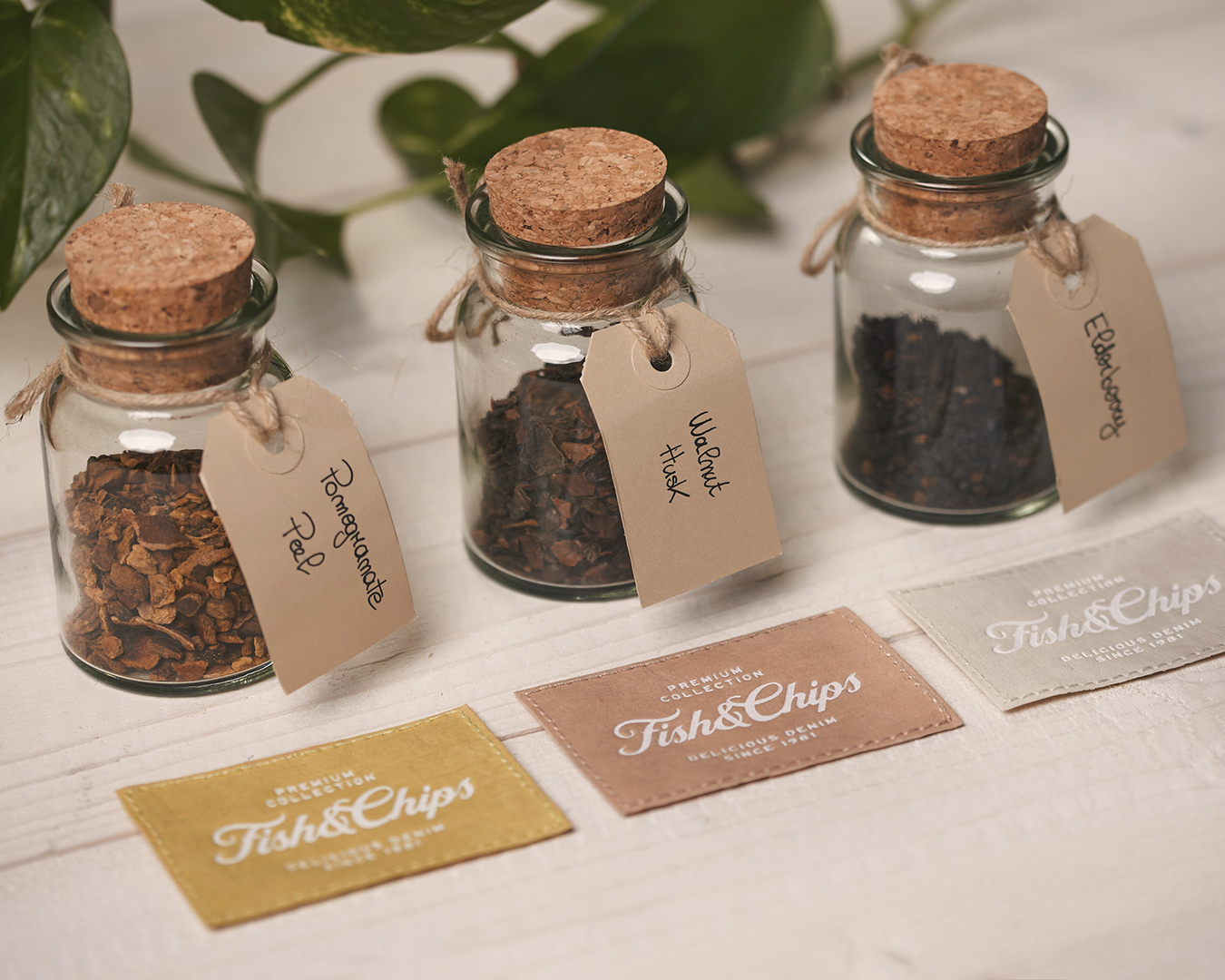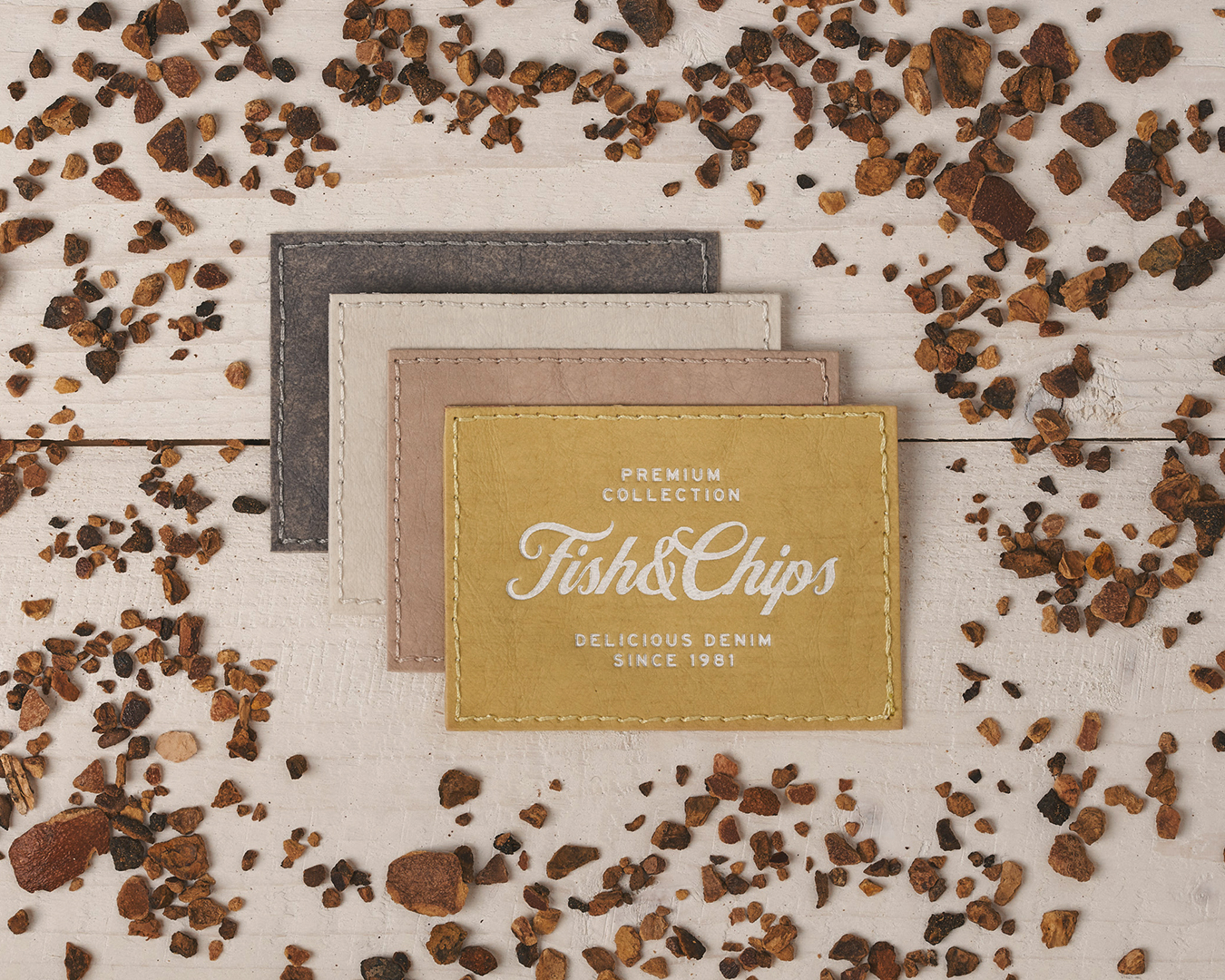Bio-D natural dyeing
Natural dyeing goes back to ancient times when great tinctorial properties of flowers, husks, peels, plants and roots were largely used. Evidence of textile dyeing dates back to the Neolithic period. Throughout history, people have dyed their textiles using common, locally available materials.
The discovery of man-made synthetic dyes in the mid-19th century triggered a long decline in the large-scale market for natural dyes. Synthetic dyes which could be quickly produced in large quantities superseded natural ones.
In the early 21st century, the market for natural dyes in the fashion industry is experiencing a revival. Consumers have become more concerned about the health and environmental impact of synthetic dyes in manufacturing and there is a growing demand for products that use natural dyes.
Help has arrived from a new technology capable of using natural dyes giving good colours consistency and resistance. It's the first 100% organic dyeing system using only plants and vegetable waste which are dried and infused with no chemical additives that are harmful.
This natural dyeing process is successfully used on jacron to create a very sustainable finished product.
A magic encounter between a sustainable material and a natural sustainable dyeing.
The label speaks for itself, it speaks about a natural and wonderful look.
You look at the label and you immediately catch its natural content and deep beauty.



